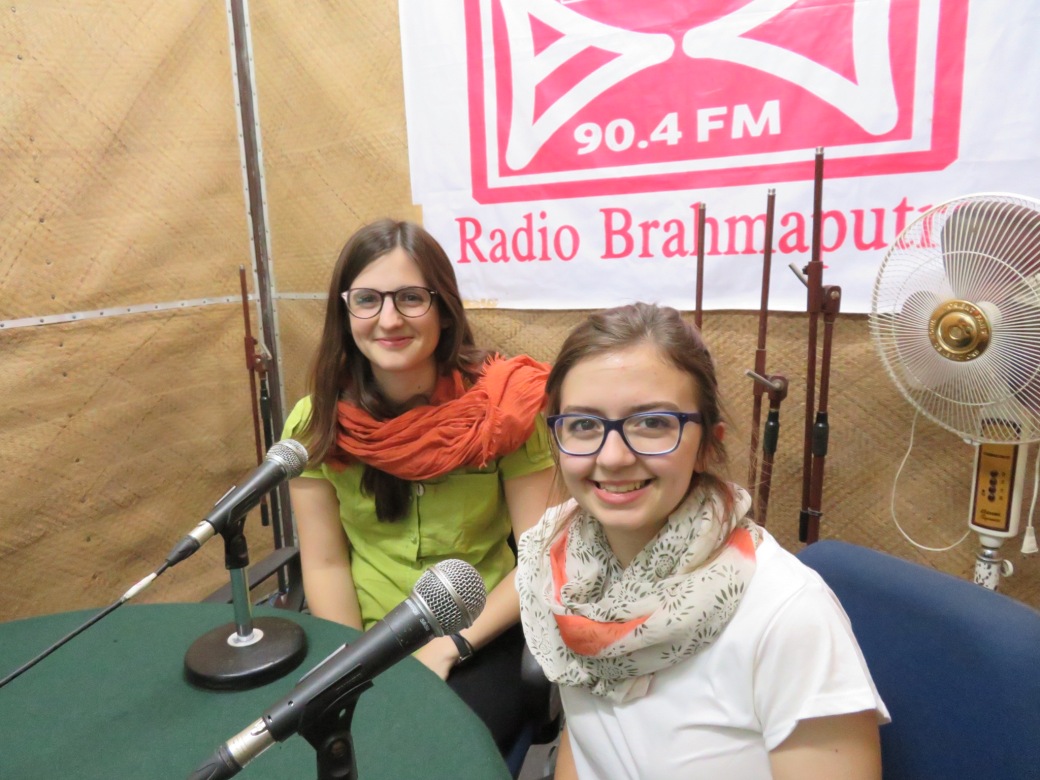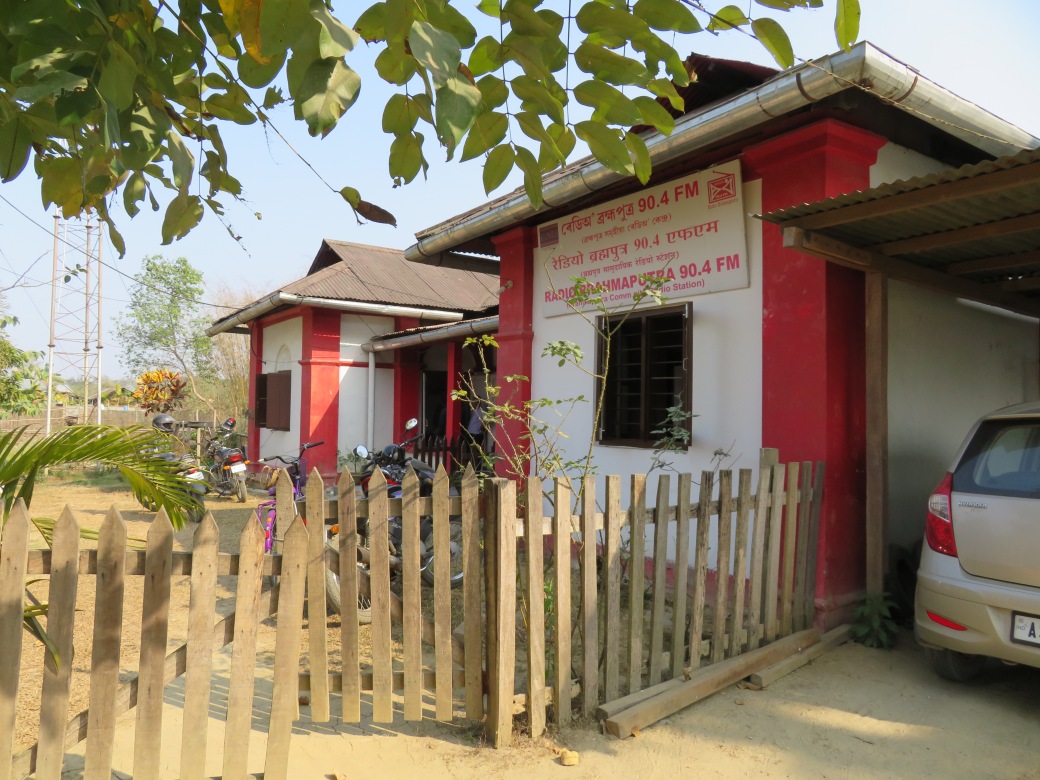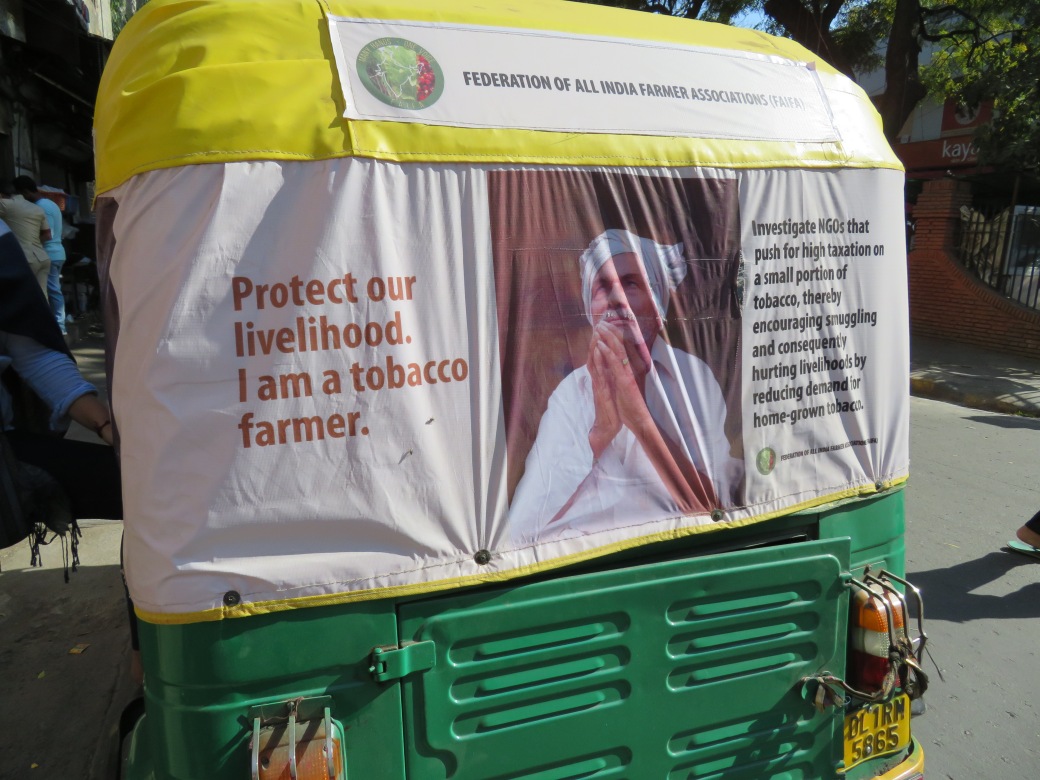Radio Brahmaputra really made an impression on us, they are carrying out an amazing job and it helped us getting to know the importance of many issues we didn’t think about before and we also realized the large variety of challenges these isolated communities face.

*************
RADIO BRAHMAPUTRA
Brahmaputra Community Radio Station is an initiative created in 2009 by the Centre for North East Studies and Policy Research (C-NES) in collaboration with UNICEF. This radio station based in Dibrugarh was the first community run radio station in the entire North East of India. It broadcasts for ten hours a day (from 9am to 7pm), seven days a week on the 90.4 FM. Nowadays their programs reach a population of almost 7 lahk or seven hundred thousand people.

This radio station provides a platform for local and marginalized communities to speak up about their issues and share their culture. What is truly surprising about Radio Brahmaputra is that there are no professional employees; it relies on the work of volunteer reporters who carry out the field research of which issues need to be addressed. These volunteers are not professional reporters and they receive training in this radio station to act as a bridge between the communities and the service provider. The team is coordinated by Bhaskar Bhuyan, who helped us gather the information to write this post.

Brahmaputra Radio broadcasts their programs in 5 different languages and dialects: Assamese, Bhojpuri, Bodo, Mishing and Chadri (a tea community dialect). By doing so, their aim is to connect communities that have different backgrounds, but share some common issues.
This radio station has won the Manthan Award South Asia and Asia Pacific in 2014, and the e-Assam Challenge in 2015, under the category of ‘Digital Innovation in E-Governance, Citizen Service Delivery and Last Mile Access’ in recognition for their great work.
*************
Background of the target population
In many marginalized communities there is still no electricity available, no running water, and of course no TV. So the access to the media is quite restricted. But radio sets are nowadays common in the island villages, and most of all, everyone has a mobile phone. It is surprising that remote and isolated villages have acquired solar panels to charge their phones. This has allowed Radio Brahmaputra to reach through the doorstep. Now, the village people can privately listen to the community programs that treat popular topics in the local language.
In the western world, we take for granted that people complain and demand solutions when they have problems because we live in a society that works in this direction. As this doesn’t happen in these villages it’s of great importance that the reporters come from their own people, with the same culture and language, to highlight the underlying problems that would otherwise remain unspoken.

Before the creation of this radio, people from this area could only listen to the government radio station, Radio Dibrugarh, which is not an accessible platform to raise their problems. To help overcome this gap between the media and the local audience Radio Brahmaputra was created. In 2009, when this project started they would collect information about nutrition or child health issues and gather a group of people, in what is known as narrowcasting, to play them the program. It has not been until July 2015 when they started broadcasting as a radio station, so eventhough they have short experience, so far the feelings are positive about the influence of the radio.

Reporting community stories and issues
We were really surprised by the answers of the following question: why do you consume Tobacco? In the tea garden area most adults and boys are drop outs and they say they need the Tobacco as a time pass or to entertain friends. Another answer was they use it as a mouth freshener. In Assam and all over South Asia it is tradition to chew a mixture of areca nut, betel leaves (paan) and Tobacco. This product is both addictive and carcinogenic. It is available practically everywhere and is sold in ready-to-chew pouches. The liquid in the mouth that comes from chewing this mixture is usually disposed of by spitting.
We came to realize that all over India there is still poor understanding of the health implications of Tobacco consumption. In addition to that, we came to realize that many farmers are dependent on this kind of crops, to the extreme of advertising and appealing to the consumer in a sentimental way about Tobacco use and regulations. In our society it is easy to say Tobacco is harmful, don’t use it. But the implications in India are different, because they are not only the consumers but also the producers. Probably, we -the first world countries- played a key role in the development of these crops, and now we cannot pretend to change the Tobacco habits of the population without addressing also its farming.

Another issue they addressed in this year’s programe is girls dropping out of school during their periods because there are no bins in the school bathroom to dispose of their napkins. They will now discuss this matter with the schools principals and see what solutions they come up with.
One of the most terrible issues Radio Brahmaputra has reported was the case of a young 14-year-old girl who was being abused by her maternal uncle. Because of the rape, she got pregnant and finally passed away due to complications. This case was dramatic and her family didn’t report it to the police, partially because they have no understanding of the system and also because of misconceptions about the police force. Here, Radio Brahmaputra plays a key role in giving visibility to this stories so that the people don’t suffer in silence and if some day such a horrendous case happens again, the families know how to rely on the authorities.
Bringing awareness to the communities
Radio Brahmaputra produces different types of programs: from radio chats, music and folk songs, to special programs for women and children and public service announcements. It has also helped villages during natural calamities, like the quite common floods. While they treat many different topics, the radio focuses mainly on maternal health issues, reproductive health, nutrition, sanitation and hygiene.

This radio station has done a great job spreading awareness about health issues and also has empowered the marginalized communities, by giving them tools to overcome simple bureaucratic procedures, which can be impossible to carry out for these still largely illiterate communities. This year, for example, they have produced a series of programs on pregnant women issues. This program talks about why early pregnancy testing is important and how they should use the pregnancy test. It was noticed that even if the test was provided, they didn’t use it because the instructions often come in English and they cannot read it. A second program talked about the importance of early registration in the government scheme. Most of the teagarden population doesn’t know that if they register themselves as a pregnant lady they will then receive vaccinations and government help. They usually go to the health center after 4 or 5 months of pregnancy. So they teach them through the radio program why these procedures are important and how it will benefit them and their children.



